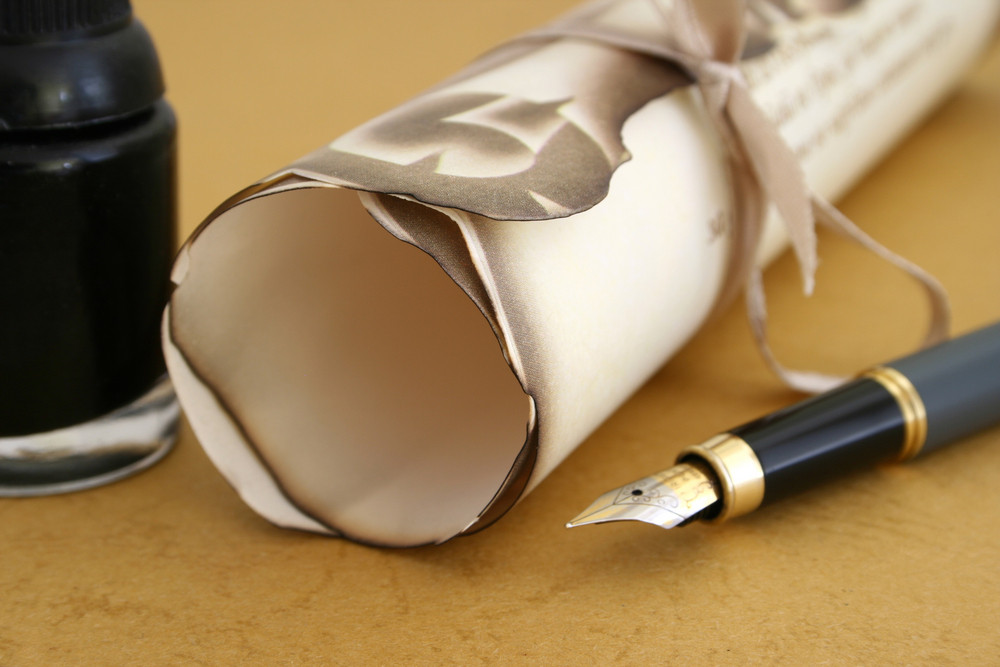The study of history is a bit like solving a puzzle. Historians look for clues from the past to build a picture of ancient societies. One of the most fascinating sources of these clues is religious sculptures. These pieces of art aren’t just beautiful objects—they are powerful tools that offer deep insights into the cultural, social, political, and economic landscapes of ancient civilizations. Religious sculptures reflect the spiritual beliefs of the people, but they also serve as an intriguing visual record of historical events and societal changes.
Explore the Significance of Religious Sculptures in Depicting Historical Figures
Religious sculptures often bring to life significant historical figures, mythological tales, and deities that were central to the belief systems of different cultures. These depictions are more than just artistic representations; they hold essential clues about the values, leadership structures, and pivotal events that shaped ancient societies. For example, ancient Egyptian sculptures were dedicated to gods and pharaohs, showing how closely religion and rulership were intertwined. By studying these sculptures, historians gain valuable insights into power dynamics, leadership, and the key moments that influenced the development of various dynasties.
Uncover the Role of Religious Sculptures in Technological Advancements
The materials and techniques used to create religious sculptures also tell us a lot about the technological advancements of the time. Take, for instance, the oldest known surviving bronze statue, dating back to 2500 BCE. According to Widewalls, this remarkable statue provides evidence of early metallurgy. Not only does it reveal technical expertise, but it also suggests that there were trade routes and cultural exchanges at play, as the materials for such a sculpture likely came from distant regions. By examining religious sculptures, historians can uncover details about the economic conditions, technological progress, and trade practices that shaped ancient societies.
Track the Spread of Religion Through Religious Sculptures
Religious sculptures are also invaluable for tracing the diffusion of religious beliefs and cultural symbols over time. The movement of religious ideas, reflected through art, helps historians understand how religions spread across different regions. For example, the similarities between Buddhist sculptures found in India and those in Southeast Asia show how religious ideas traveled along trade routes. This evidence enables historians to map the cultural exchanges that took place, shedding light on the global interactions that helped shape the world we live in today.
Religious sculptures are much more than mere artistic creations. They act as historical documents, offering a window into the past. Through these sculptures, historians can unlock stories about societal hierarchies, economic conditions, technological advancements, and the spread of religious ideas. With careful study, these works of art help us better understand the historical events that continue to influence our modern world. If you’re interested in adding a piece of history to your own collection, visit Statues.com for a wide selection of sculptures that reflect the rich cultural heritage of the past.


